What Do We Actually Mean by “Agents”?
Let’s demystify this: when we talk about agents, we’re not being fancy. We’re just talking about software with three basic abilities:
1. It interacts using natural language.
2. It has specific knowledge that’s relevant to you or your use case.
3. It can actually do things—complete tasks.
The magic behind this is usually a large language model (LLM) like GPT-4 or Claude. But the real trick is how we give that model access to the right information without letting it hallucinate nonsense.
That’s where RAG comes in—retrieval augmented generation. It’s the method we use to split the model’s reasoning from its knowledge. Instead of relying on what the model was trained on (which is usually out-of-date, vague, or irrelevant), we give it fresh, specific documents to work from. How?
1. We chunk those documents into small pieces.
2. We store them in a vector database—basically a searchable index that understands context.
3. The agent fetches the chunks that are most relevant to your question and uses them to generate a response.
Simple enough. But here are three things that matter a lot:
• Chunk size and structure directly affect answer quality. Too big, too vague. Too small, too disconnected.
• The volume of content you feed in affects your chances of pulling up the right answer. Garbage in, garbage out still applies.
• LLMs are probability engines. The more instructions, chunks, or output length you pile on, the worse the quality gets. Precision matters. Less is often more.
So when we say we build “multi-agent systems,” we’re not just stacking models on top of each other for the fun of it. We’re engineering clear, focused, task-driven tools that do one job really well—and then connect them. Agents aren’t magic. They’re just smart, purpose-built software. But when built properly, they can replace weeks of manual work in seconds. That’s the goal. Not a chatbot. A workforce.

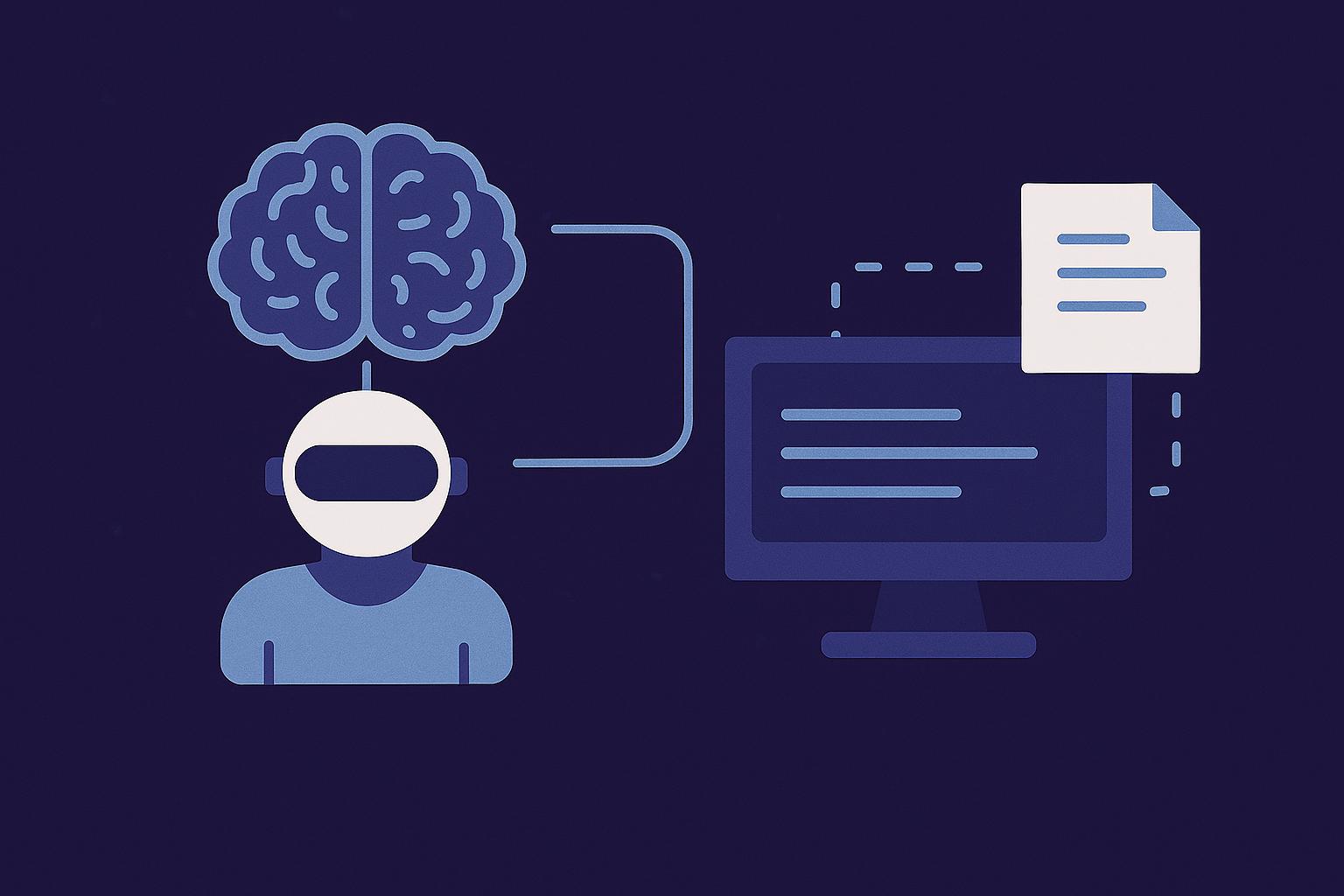
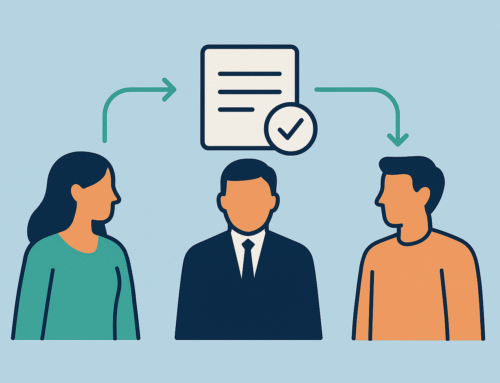
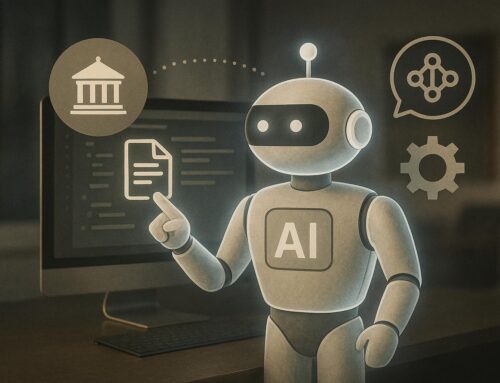
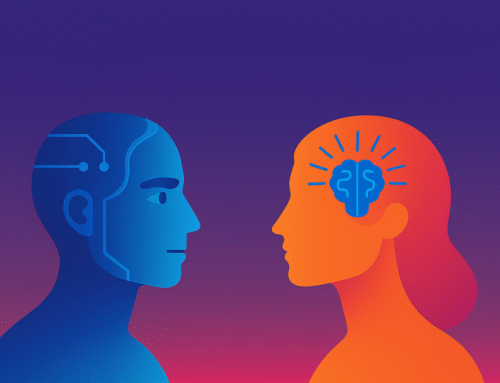
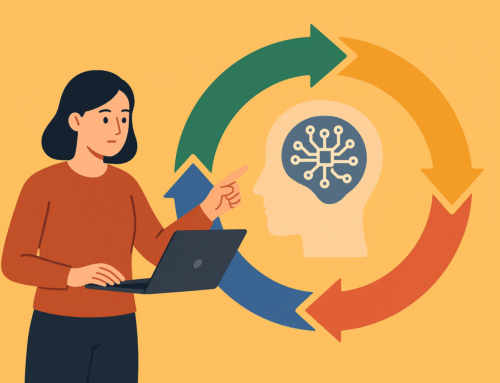
Leave A Comment